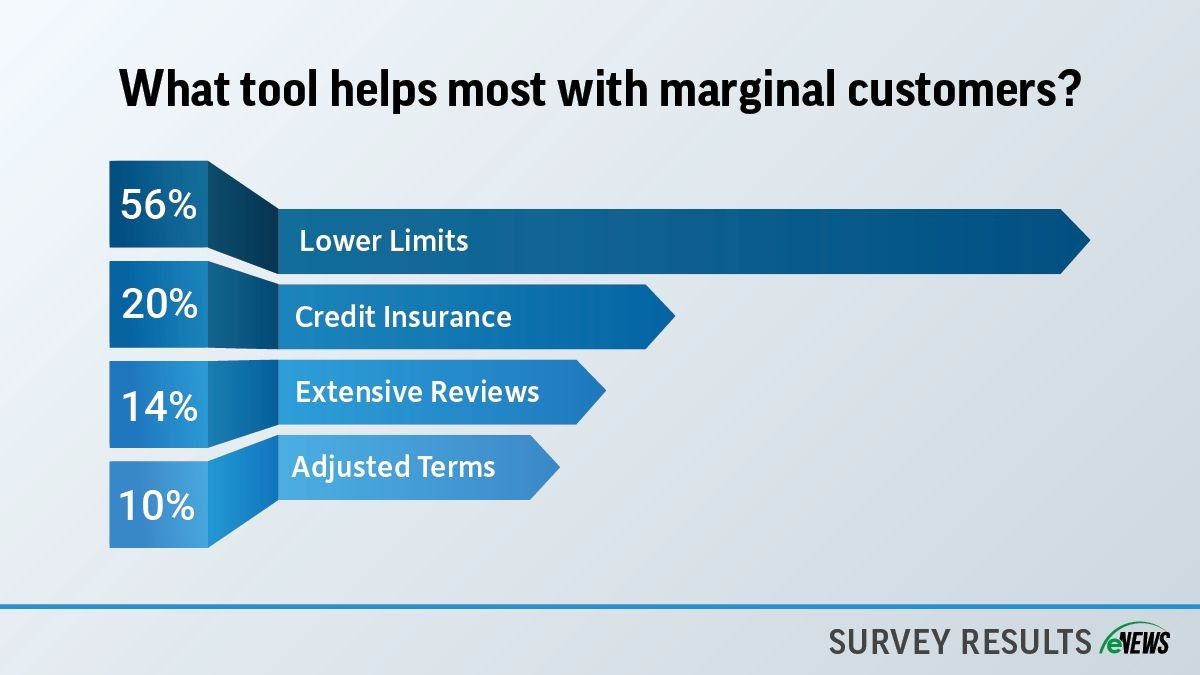Business Practices, eNews
Finding the right fit: A guide to choosing an automation vendor

The B2B automation market, once dominated by a few key players, is now saturated by hundreds of service providers. This makes finding the right automation vendor much more challenging.
Why it matters: Credit professionals must have a clear strategy for narrowing down their options and making an informed decision.
By the numbers: Data security and privacy are the fastest-growing concerns for B2B credit departments and a major barrier to adopting automation, according to research from NACM and BlackLine.
- 50% of credit managers have difficulty integrating automated AR software with existing systems.
- 35% of the respondents note resistance to change by their staff or stakeholders.
- 26% lack budget or funding to implement automation.
- 17% have insufficient knowledge about available automation options.
What they’re saying: Some credit managers prioritize vendors in the same time zone. “One of the biggest concerns we had was that most of these vendors use offshore programmers and developers,” said Carl Davidson, director credit and collections at Blue Water Industries LLC (Jacksonville, FL).
To help, we’ve curated some tips for strategizing your search for the perfect vendor:
#1 Ask the right questions
When selecting an automation provider, the key is knowing what you expect from the vendor. Ask plenty of questions so you have a clear vision:
- What problem do you want to solve?
- What vendors offer solutions to the problem?
- What other solutions could they offer in addition to your basic needs?
- Does one meet your budget over the others?
- Which solution meets most of your needs?
- How long has the company been established?
“In the vetting process, you may find solutions to problems you didn’t realize that you had or you can make more out of that software than you intended,” said Michelle Kelly, CCE, CCRA, CICP, senior credit manager at Mansfield Oil Company of Gainesville, Inc. (Gainesville, GA).
Identify your company’s needs by consulting with other departments, as the decision affects everyone. “You have to talk to everybody in that workflow, from your accounting team to your billing team, to identify their pain points and determine what your vendor should provide to benefit everyone,” Davidson said. “From there, we can narrow down our choices for our selected vendors by creating a pros and cons list.”
#2 Look at the return on investment (ROI)
Analyzing ROI helps ensure that the investment will deliver significant value and align with your financial goals. It allows you to compare the potential benefits, such as cost savings and increased efficiency, against the initial investment and ongoing costs. This insight is essential for making an informed decision that maximizes your resources and supports your organization’s long-term success. “If you can demonstrate that the investment’s return or benefits to the company outweigh the costs, you can likely convince your company that it’s a better fit, despite being more expensive,” Kelly said.
#3 Schedule multiple demos
Davidson carefully plans his time at NACM’s annual expo by visiting as many service providers in real-time as possible. He schedules multiple demonstrations, visits their booths, and when offered, attends their solutions hub presentations to learn more about their successful case studies and implementations.
These demos can help you determine if the product or software is compatible or can bolt on to your existing system. You can also see if their actions align with their stated commitments. Try to schedule these demos close together so you can easily see how each compare. “This is helpful because many vendors claim they can do certain things, but through these demos, you can see when they do not,” Davidson said.
#4 Negotiate
Davidson shared the strategy he used while attending a recent Credit Congress expo: he negotiated with vendors in real time so that their products or services will meet your department’s needs. “We negotiated the terms we would find acceptable,” said Davidson. Factors he considered included the length of time the vendors were in this particular space and the length of their contracts. Depending on your needs, you can ask for a short- or long-term contract. Also, ask if they offer auto-renewals.
“We see limited automation in credit underwriting compared to cash apps and collections, where there’s more focus,” said Kelly. “Credit professionals need to keep challenging vendors to find ways to develop products that help us manage the risk on both.”
#5 Ask around
Asking about a vendor’s performance and reputation can provide valuable insights into whether they would be a suitable partner for your organization. “We also talked to the vendors’ customers and other people at Credit Congress about their experience using the vendor,” Davidson said. “Even if they didn’t use this vendor, we wanted to know what they had heard about them.”
The bottom line: Choosing an automation vendor is a big decision and should not be taken lightly. It involves many internal constituents, is costly and requires adopters to embrace change. It’s key to conduct an expansive search, weighing as many options and benefits as possible.





